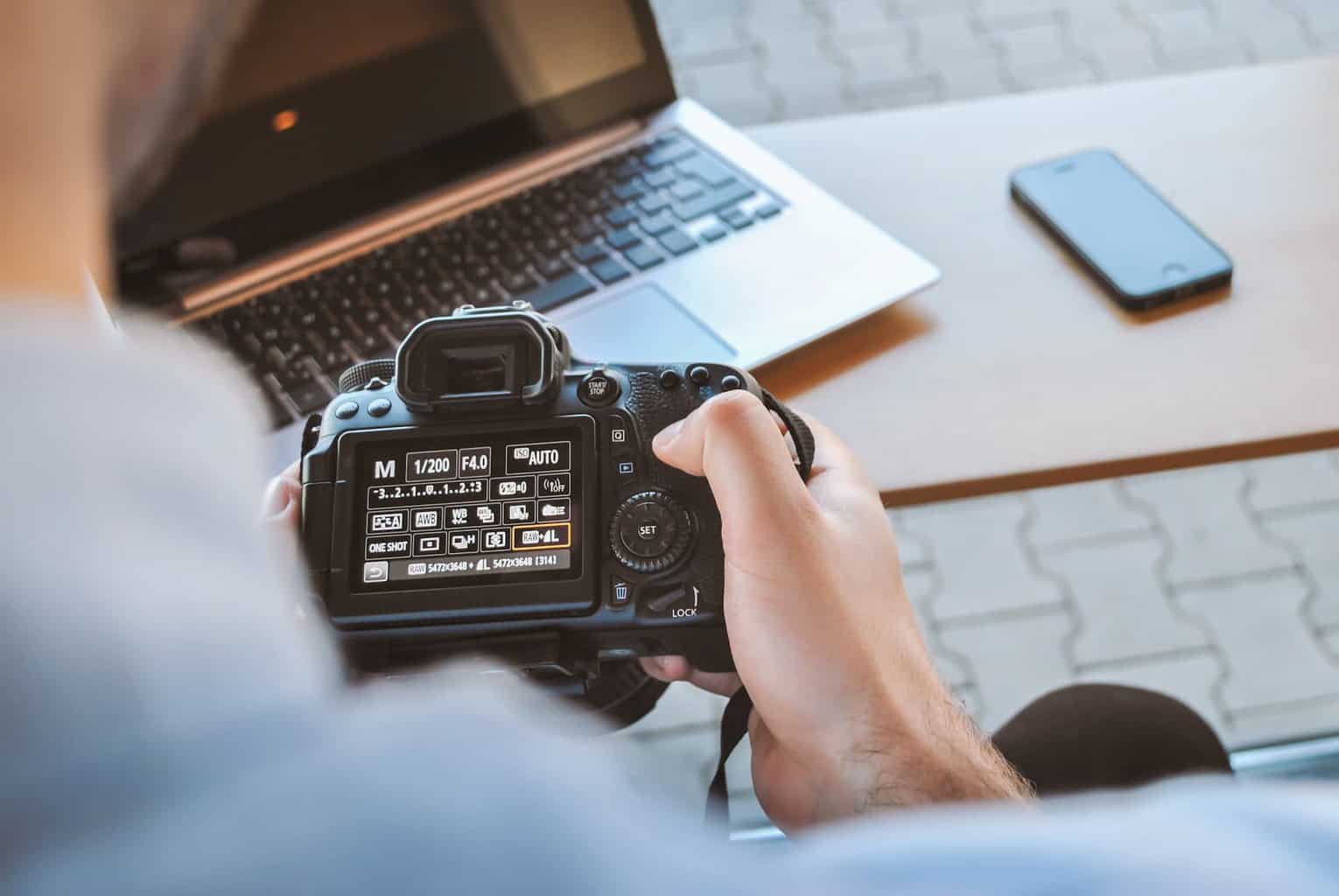
As an Amazon Associate we earn from qualifying purchases.
ISO is important in real estate
Quick Navigation
ISO sensitivity is a camera setting that measures the sensor's sensitivity to light. It affects the quality of an image, especially in low-light scenarios. ISO speed is usually expressed as a number; the higher the number, the more sensitive the camera sensor is to light.
ISO can affect the overall quality of the image, especially when viewed at larger sizes. Therefore, you must find the right balance between ISO speed and image quality for each situation.

ISO is measured in numbers. The lower the ISO number, the less sensitive the sensor is to light, and the darker the image will be. Conversely, the higher the ISO number, the more sensitive the sensor is to light, and the brighter the image will be.
You will commonly see and use ISO levels such as 100, 400, 800, and 1600. The lowest ISO setting is usually 100, although some cameras can have 25 and 50. The numbers are based on the amount of light required to produce a certain brightness level in the image.
As a real estate photographer, understanding the relationship between ISO speed and image quality is a valuable skill. ISO speed measures the camera sensor's sensitivity to light, and the higher the ISO, the more sensitive the camera becomes.
During my early days, I learned a vital lesson the hard way. I found that constantly increasing the ISO sensitivity comes at a cost: image noise. While I can reduce noise in Camera Raw, you can save more time in post-processing if you'll control the ISO speed before shooting.
The higher the ISO, the more noise or grain appears in the image. On the other hand, a lower ISO value can produce higher-quality images. The trade-off is that it may require a longer exposure time or a wider aperture, which can be problematic in low-light situations.
Here is an example of the ideal shutter speed and aperture settings depending on the ISO sensitivity.
| ISO Sensitivity | Shutter Speed | Aperture |
| 100 | 1/60 | f/4 |
| 200 | 1/125 | f/5.6 |
| 400 | 1/250 | f/8 |
| 800 | 1/500 | f/11 |
| 1600 | 1/1,000 | f/16 |
| 3200 | 1/2,000 | f/22 |
In real estate
It's important to find the right balance between ISO and image quality. The best way to do this is to use a tripod first to stabilize the camera and reduce blur.
After that, open the aperture around f/4 to let in more light and increase the ISO to 100. Lastly, use a slower shutter speed, like 1/60. This should help you capture more light to compensate for poor lighting.

In real estate
The time of day when you shoot photos can make a difference. About 74% of real estate agents use property images taken at sunset or twilight, which can have challenging lighting situations.
The high ISO will compensate for the poor lighting. You'll only need to increase the shutter speed to ensure the subject remains in focus, avoiding image blur.
It's essential to put as much detail as possible in real estate photos. One of the best techniques I use is to create a deep or large depth of field. It can be challenging to achieve a large depth of field when using lenses with longer focal lengths.
In this situation, you'll need to put some distance between the subject and the lens to manipulate the depth of field.
A deep depth of field may require a smaller aperture, which can result in less light reaching the camera sensor. It may be necessary to increase the ISO value to compensate for the lack of light.
When taking real estate photos, choosing the proper ISO sensitivity is crucial to achieving the perfect shot. There are a few factors to consider when selecting the suitable ISO setting for your camera.
Choosing the right ISO speed can be challenging at times. These are a few tips to help you set the right ISO to achieve evenly-exposed real estate shots.
As the ISO value increases, the camera's sensor becomes more light-sensitive, resulting in more noise in the image. This noise can manifest as a grainy texture or colored speckles. Lower ISO settings will produce images with less noise, while higher ISO settings will create more noise.
Yes, ISO is one of the three elements of the exposure triangle, along with shutter speed and aperture. Adjusting these three settings will affect the image's overall exposure. This is because ISO controls the sensitivity of the camera's sensor to light.
The choice between manual and auto ISO depends on the shooting situation. Manual ISO is generally preferred when shooting in controlled lighting environments, such as in a studio, where the lighting conditions are consistent. Meanwhile, Auto ISO is useful when lighting conditions are constantly changing, such as when shooting outdoors.
ISO sensitivity is the camera's ability to capture light and produce an image. It's among the many factors contributing to a successful real estate
